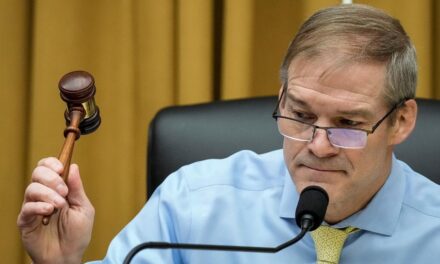
Title 42: What is the Trump-era immigration policy?

Watch: What US border policy shift means for migrants
By Kayla Epstein
BBC News, New York
The Trump-era immigration policy known as Title 42 is back in the news once again, after the US Supreme Court halted its expiration, which was expected to occur on 21 December.
The policy has been a focus of criticism from immigration advocates and many Democrats, as they say it prevents asylum seekers from entering the US. Republicans and proponents of stricter immigration rules argue that it should remain in place to stop illegal border crossings, or that the country is not prepared for the end of the policy.
Here’s what you need to know about Title 42.
What is Title 42 and how is it being used for immigration?
Title 42 dates back to a 1944 law known as the Public Health Service Act, which granted US health authorities emergency powers to prevent the spread of diseases.
In March 2020, the Trump administration invoked the statute with the stated intent of preventing Covid-19 from spreading in the US. The former president and his top advisers had also supported tightening and overhauling US immigration policy, and the president had run on a pledge to build a wall along the border with Mexico to keep migrants from entering the country.
Title 42 allowed the administration to quickly expel migrants trying to cross the southern US border with Mexico – including asylum seekers – using the coronavirus pandemic as a justification.
The Biden administration continued to defend the policy for over a year after the current president took office, and expelled about two million people under Title 42 in fiscal years 2021-22, according to US Customs and Border Protection’s data.
Watch: Migrants feeling anxious as US border restrictions remain
What was supposed to happen to Title 42 this week?
By the fall of 2021, the Biden administration began preparing for the end of Title 42, and in April, the Centers for Disease Control, which oversees US health policy, signalled it would lift the order. However, the end of the programme was delayed multiple times in 2022 because of court battles.
Title 42 was expected to expire this week after a court of appeals rejected an effort from Republican-led states to keep the policy in place.
But two days before, the US Supreme Court’s Chief Justice John Roberts issued a stay, meaning that for now, Title 42 would remain in effect until the Supreme Court reviews the lower court’s ruling.
The political battle over Title 42
Democratic activists and lawmakers who support immigration have urged the Biden administration to end the order for two years now, and Title 42 became a major issue during the 2022 midterm elections.
But the debate doesn’t neatly cleave along party lines. During the midterms, some Democratic lawmakers, wary of losing voters on the issue of immigration, urged the Biden administration to keep the order in place.
Members of both parties have also expressed concern that immigration officials at the border are not adequately prepared to handle the surge of migration that is expected to ensue when Title 42 ends. In April, a bipartisan group of US senators signed on to a bill that would have delayed the end of the policy.
What happens next with Title 42?
In a statement, the Department of Homeland Security said it “will continue our preparations to manage the border in a safe, orderly, and humane way when the Title 42 public health order lifts”.
The Biden administration has asked Congress for more funding for the Department of Homeland Security, which they say will help the agency during the transition phase.
It is also asking the Supreme Court to deny the Republican states’ bid to preserve Title 42, calling the policy “obsolete”.
Source: https://www.bbc.co.uk/news/world-us-canada-64046542?at_medium=RSS&at_campaign=KARANGA

















